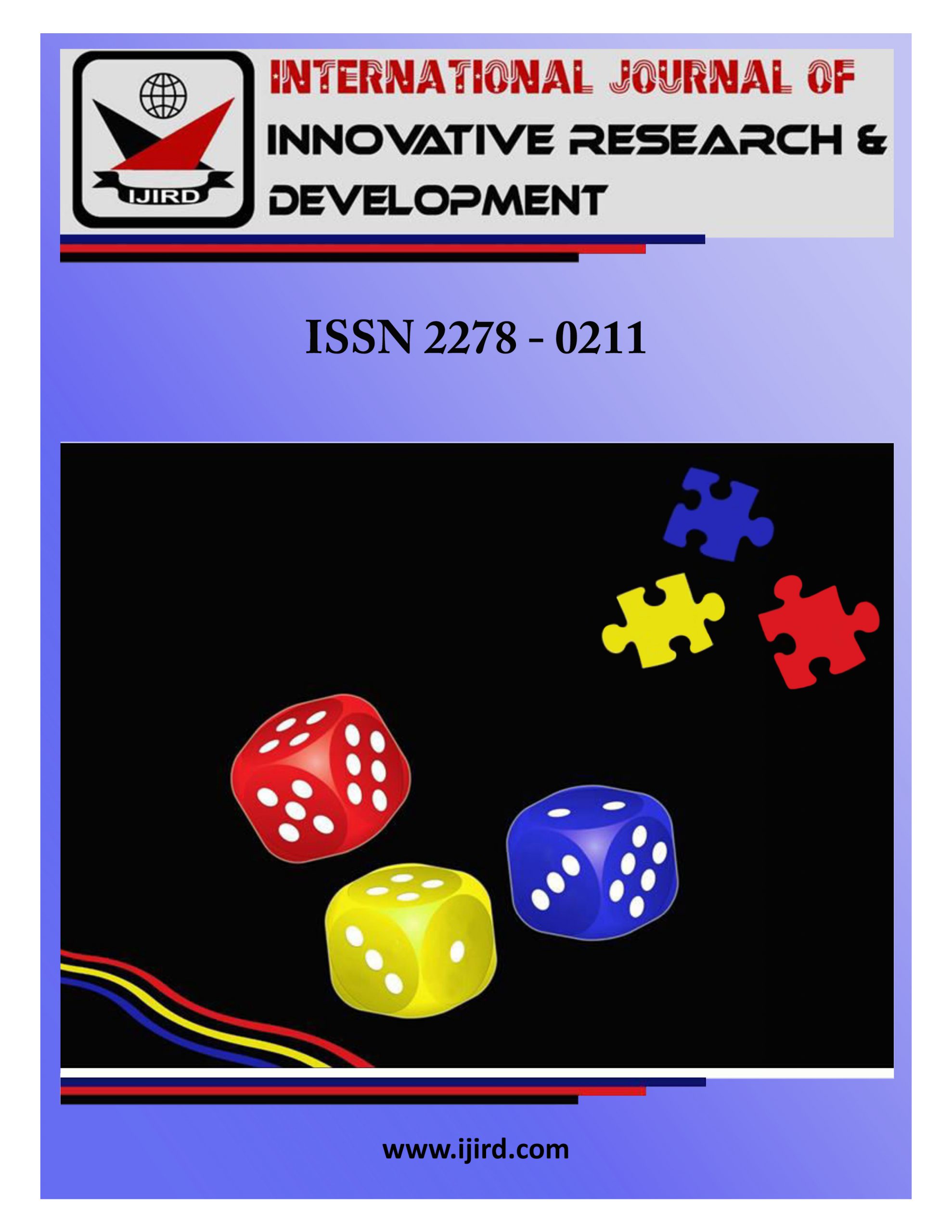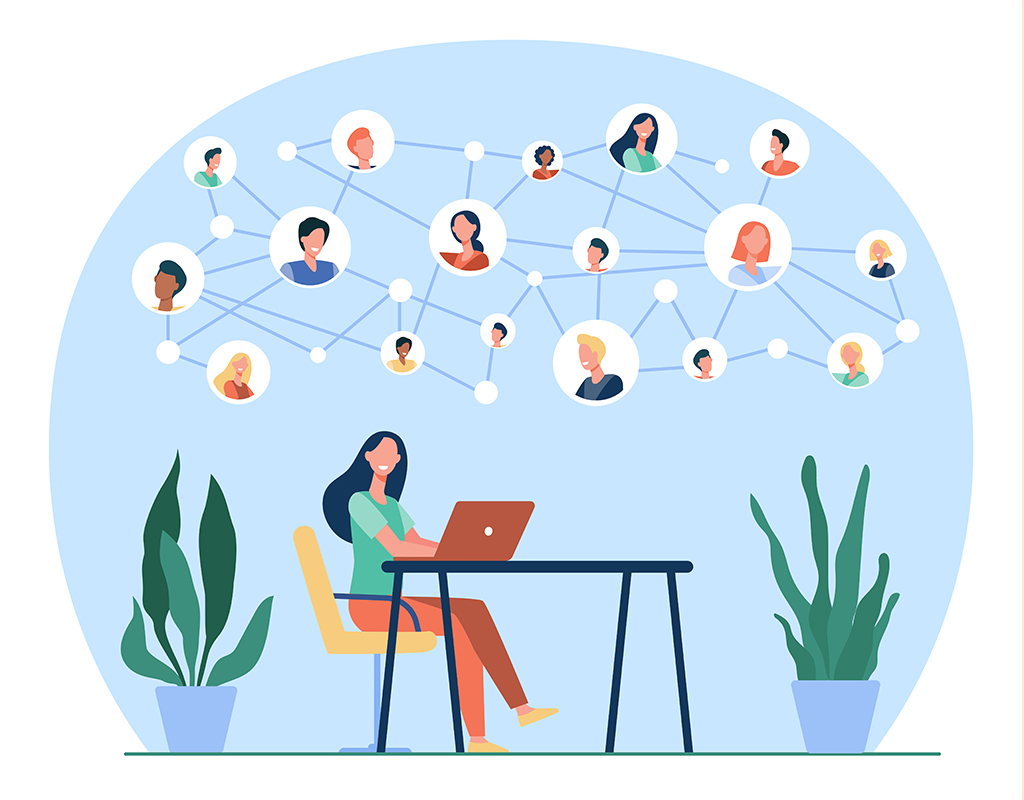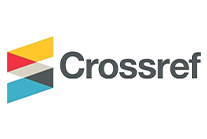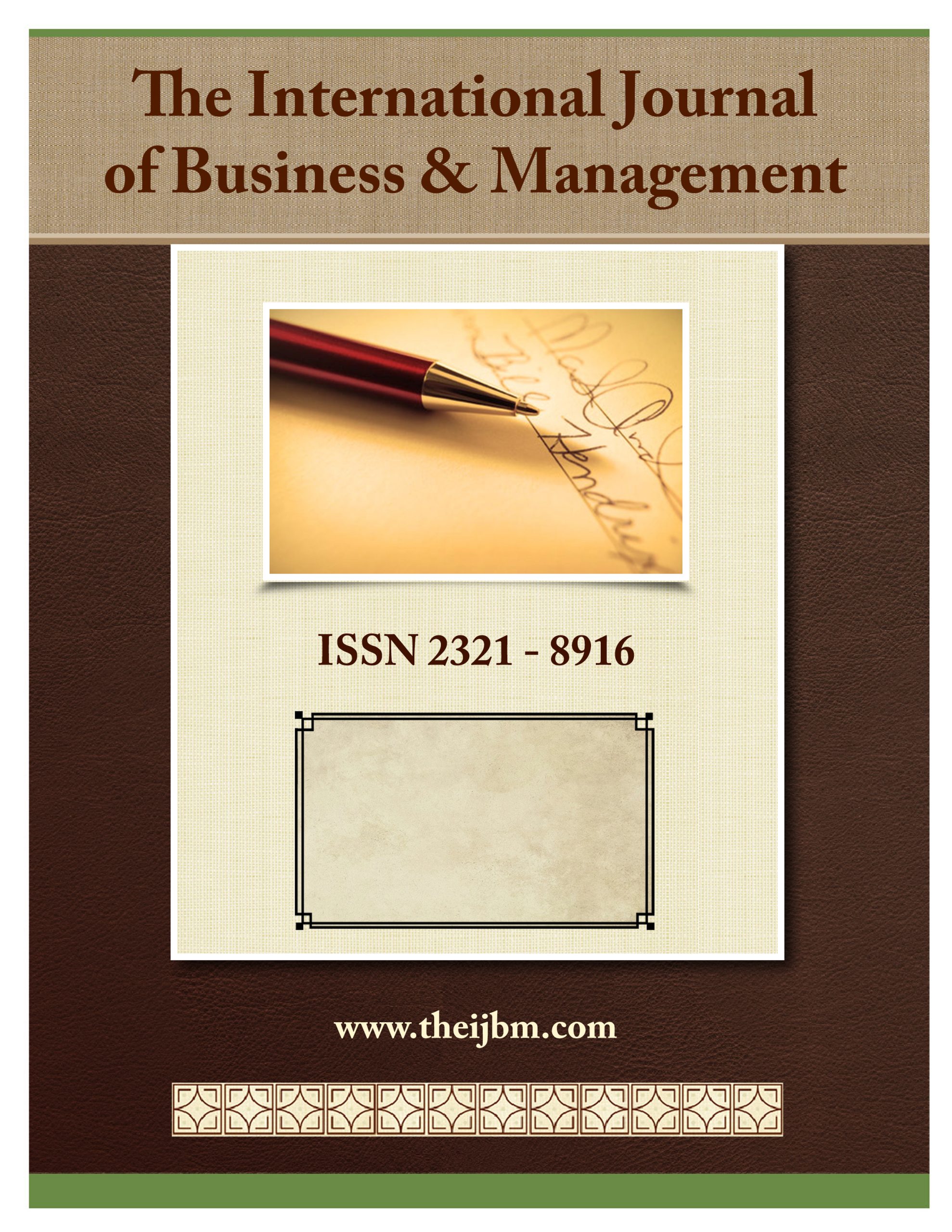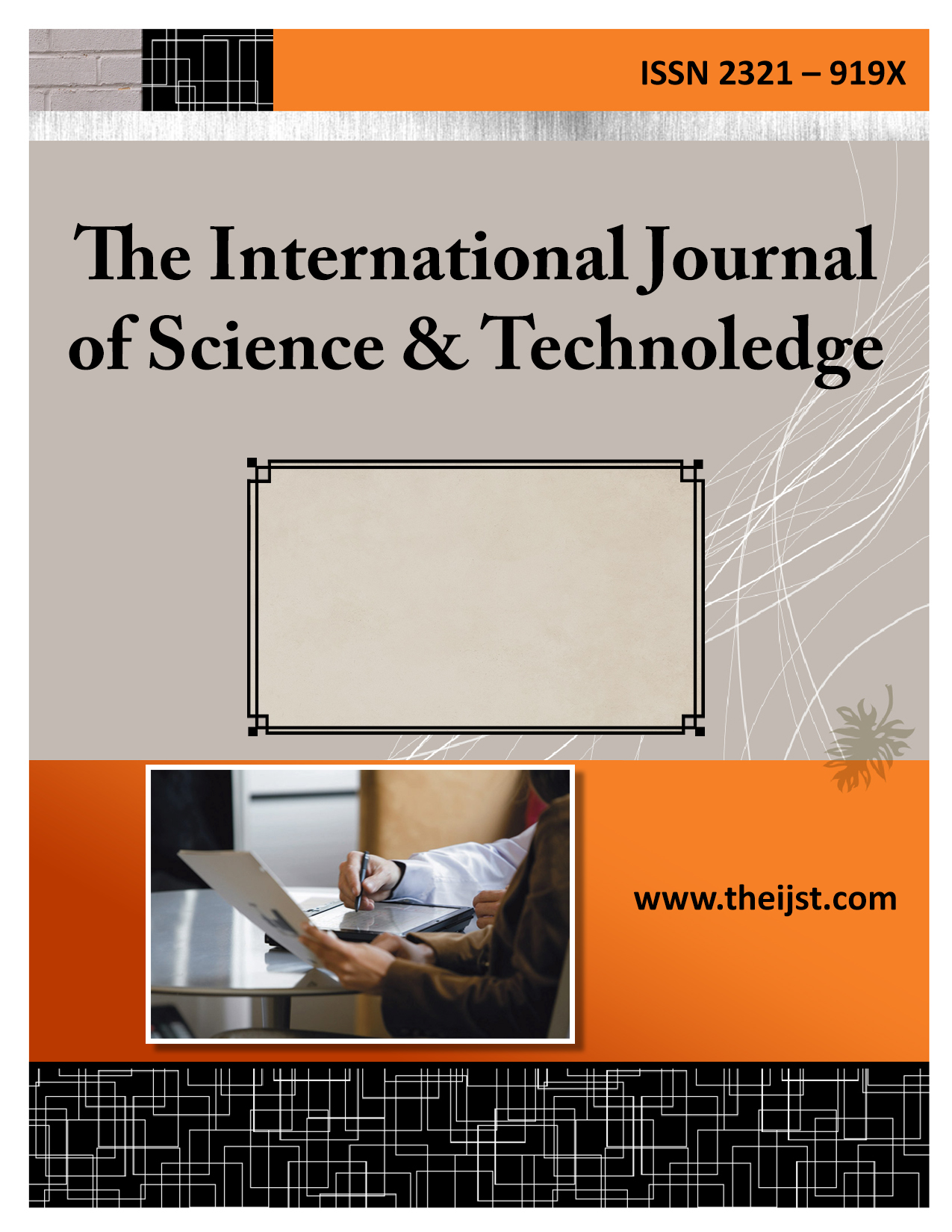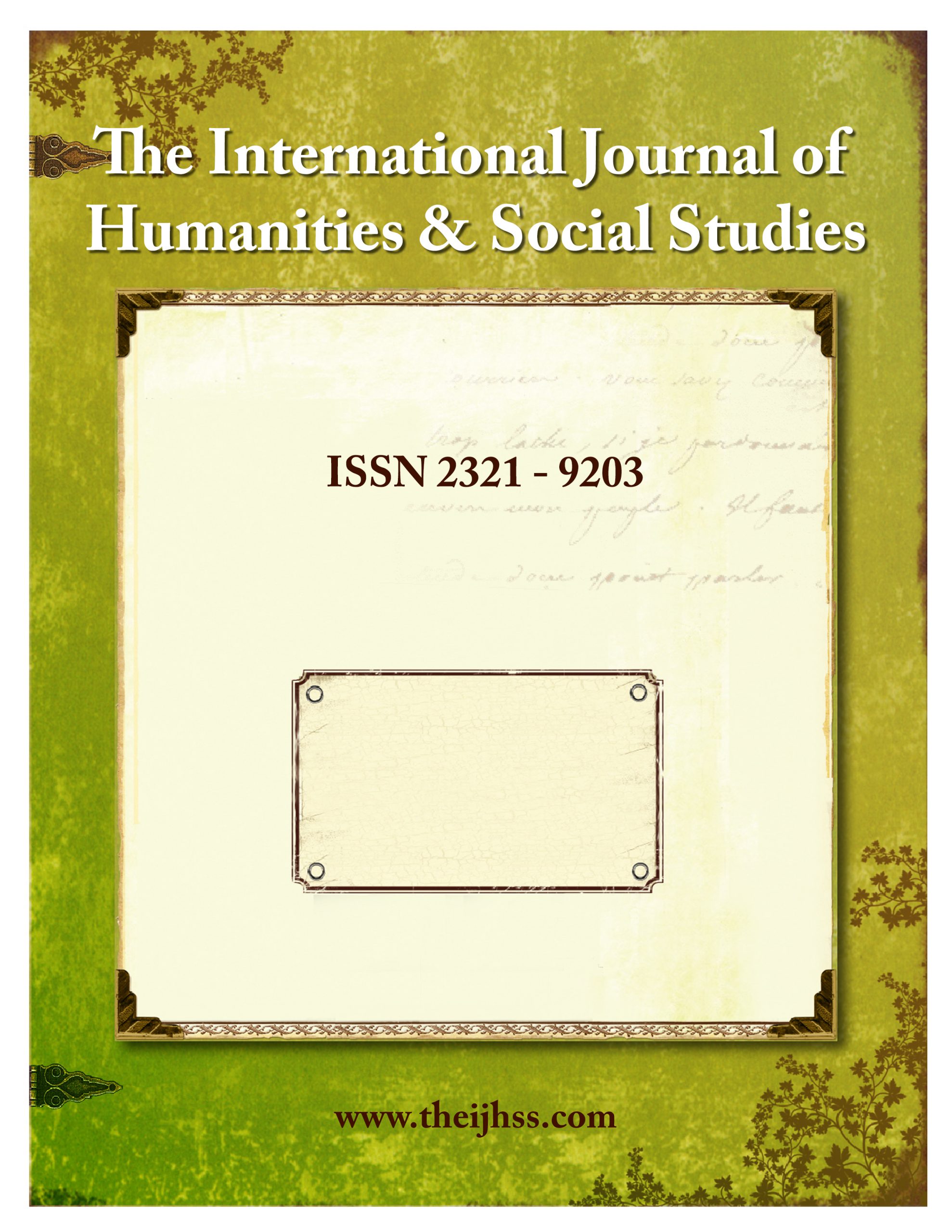In the digital age, communication has undergone a seismic shift. Gone are the days when words alone carried the weight of our messages. Instead, we now inhabit a world where memes, GIFs, and internet humour dominate conversations, shaping how we express ideas, share emotions, and even engage in discourse. This cultural evolution raises fascinating questions about the role of humour and imagery in modern communication and how it influences the way we connect with one another.
The Rise of Memes: A New Language
Memes have evolved from simple inside jokes on niche forums to a powerful medium for communication. They are no longer just humorous images paired with captions; they have become symbols of shared experiences and collective understanding. A single meme can convey complex emotions or social commentary in a way that words often cannot.
For example, the “Distracted Boyfriend” meme is a simple image that has been repurposed countless times to represent distraction, shifting priorities, or even societal critiques. Its universality stems from its ability to be customized, making it a flexible tool for expression across cultural and linguistic barriers.
Internet Humour: The Glue of Digital Communities
Humour has always been a social bonding tool, but internet humour has taken this to a new level. Platforms like Reddit, TikTok, and Twitter serve as incubators for jokes and trends that spread globally within hours. These jokes often rely on absurdity, irony, or self-deprecation, resonating with audiences who find relief in shared laughter amid an often chaotic world.
Consider the rise of surreal memes, which often juxtapose bizarre visuals with nonsensical text. While they may seem incomprehensible to outsiders, they reflect a generation’s coping mechanism for existential challenges—an embrace of the absurd in a world that often feels beyond rational understanding.
Bridging and Dividing Cultures
The global nature of the internet means that memes and humour can bridge cultural divides, creating shared moments of connection. For instance, during major global events like the World Cup or the pandemic, memes served as a unifying force, allowing people from diverse backgrounds to share in a collective experience.
However, this universality has its limits. Cultural context plays a crucial role in understanding humour, and what might be funny or relatable in one culture can be confusing or even offensive in another. This “culture clash” highlights the importance of sensitivity and awareness in online communication.
Memes as Tools for Activism and Awareness
Beyond entertainment, memes have also become instruments of activism and social commentary. The succinct, visual nature of memes makes them ideal for spreading messages quickly and widely. From climate change awareness to political critiques, memes are increasingly used to rally support for causes and challenge societal norms.
For instance, the “This Is Fine” dog meme has transcended its comedic origins to become a poignant symbol of societal complacency in the face of crises. Similarly, internet humor has been a critical component in movements like Black Lives Matter, where memes and hashtags amplify voices and foster solidarity.
The Challenges of Meme-Based Communication
While memes and humor enrich communication, they also come with challenges. The brevity and ambiguity of memes can lead to misinterpretation, and their rapid spread can perpetuate misinformation. Additionally, the meme economy’s reliance on trends means that messages can lose relevance or become outdated quickly.
Moreover, the internet’s anonymity can sometimes encourage harmful humor, such as trolling or cyberbullying. Striking a balance between freedom of expression and maintaining respectful communication remains a challenge in this space.
The Future of Internet Humor and Communication
As technology continues to evolve, so too will the ways we communicate. Virtual and augmented reality could offer new dimensions for memes and humor, enabling even more immersive and interactive experiences. Meanwhile, artificial intelligence might play a role in generating personalized memes, further blurring the lines between creator and consumer.
What remains clear is that memes and internet humor are not just fleeting trends; they are fundamental elements of modern communication. They reflect our collective psyche, adapt to the times, and provide a lens through which we view and understand the world.
The influence of memes and internet humor on communication is profound and undeniable. They serve as tools for connection, platforms for activism, and mirrors of cultural identity. Yet, as highlighted in discussions within international journals, they also challenge us to navigate the complexities of global communication with empathy and awareness. In a world where a single image can speak a thousand words, understanding the language of memes is becoming as essential as understanding the words themselves.

